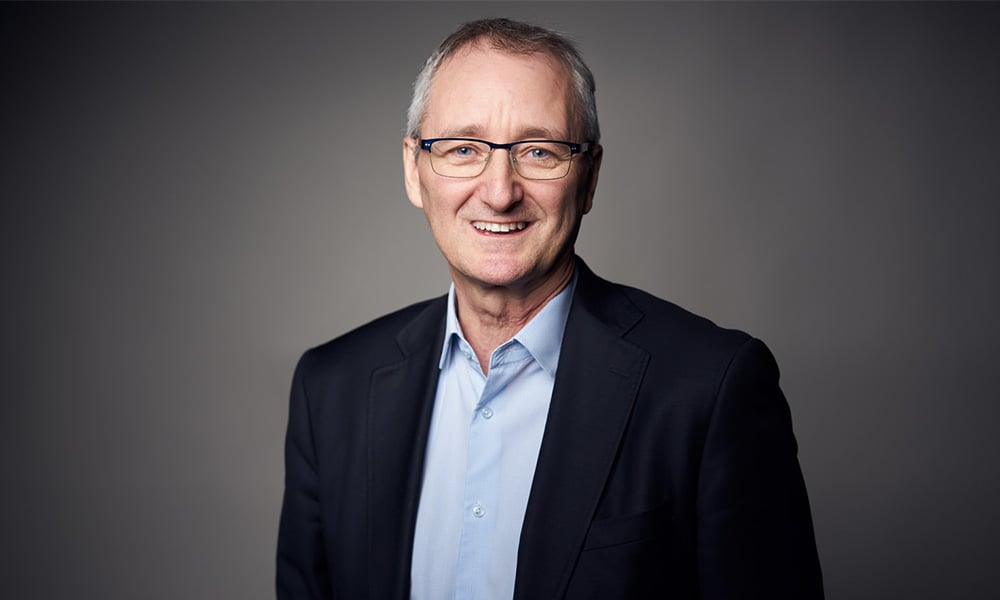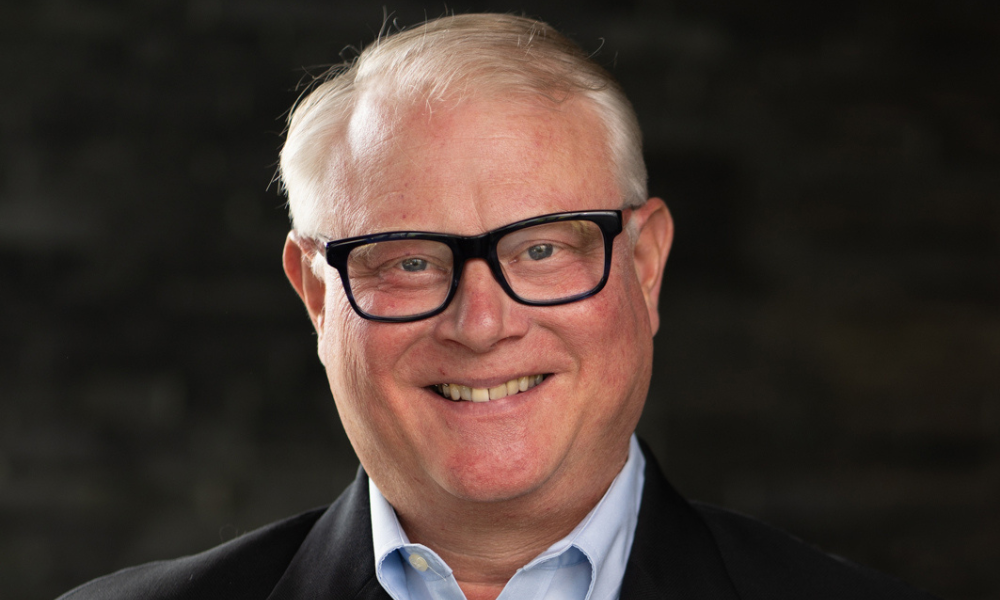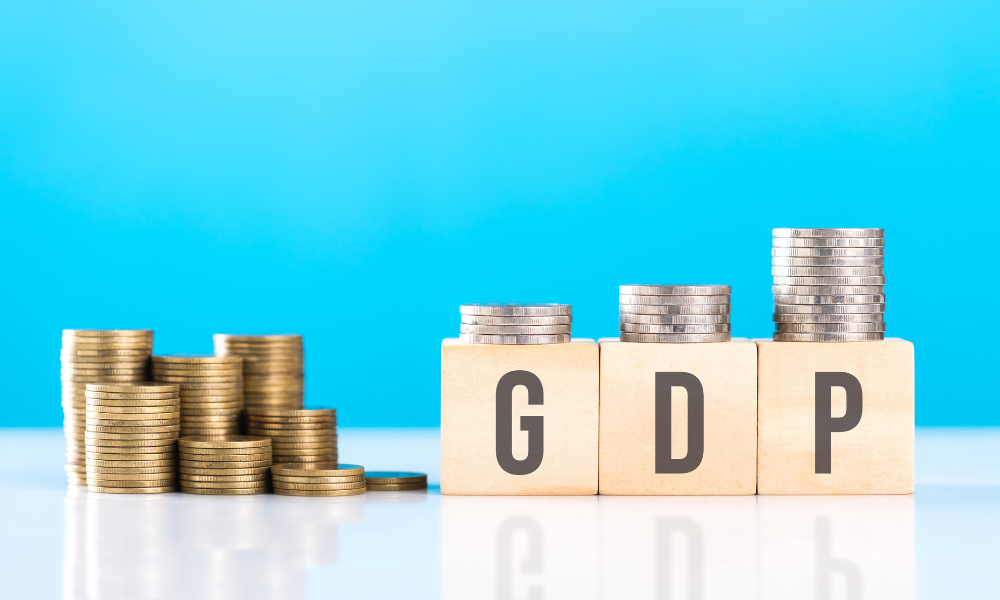Raymond James advisor on taking portfolios 'down a notch or two' and why all his clients now have his personal cell

“This-time-is-different” declarations are invariably met with chuckles before advisors agree this market downturn is actually pretty similar to 1971, Black Monday or the “tech-wreck”.
But this time really is different, according to Blaine Ostapovich, who believes there is no precedent. “There’s no sports, there’s no going out, I’m in close quarters with my teenage son, who is in grade 10, and daughter, who is in university, so this time it is different,” the Raymond James advisor told WP.
“I hope that whatever the new normal is, we learn from it. If it makes us better advisors in the moment, being mindful that people are going through some adversity, and we are able to put their minds at ease in that regard, then we’ll have done our job.”
Ostapovich has not rested on his laurels with his client relationships. In fact, the Edmonton-based portfolio manager decided early on that this disorienting scenario, and the speed with which it was unfolding, needed the personal touch.
In the last week of February, when COVID-19 was fast becoming the story in Europe and North America, he started reaching out to all of his clients, in addition to his monthly newsletter. A “refined” book of about 80 meant personal phone calls and emails were possible during a busy start to March. Ostapovich decided this level of interaction matched the circumstances. It paid off.
“They really appreciated that right off the hop,” he said. “The markets move pretty quick and the news was so disorienting for everybody. All the clients have my cell phone number now and I talked to them when it was easy for them to talk – whether it was late afternoon or into the evening. In retrospect, it was a good thing to do.”
Ostapovich, who has been at the independent for four years after 12 at a bank-owned firm, found the mood in those conversations – which typically lasted longer than an hour – ran the gamut of emotion. This meant more hand holding for those that needed it and more back and forth with the analytical types who wanted to be more opportunistic, at least in the early days of the crash.
He found that during the calling process, he had to revisit who each client was and where they were in relation to this unique time in history. Some were in different parts of Canada, of course, while others were snowbirds in Hawaii, Arizona and Jamaica, for example.
He said: “This meant that, after we finished the call, whether we acted on it or made a few recommendations to their portfolio, they went away and could deal with what they were doing in that moment, whether that was work or kid challenges or just dealing with the circumstances.
“Some of them surprised me; they were either more nervous than I thought they would be, while others told me, ‘no, we’re good’. This is unlike 2008 and they were very cognizant of that. This was disorienting, and they appreciated the call.”
Each client had their own challenges, be it travel plans or dealing with the two-week isolation period. Personal concerns took up most of the phone calls, rather than detailed discussions around portfolio performance.
Ostapovich, though, has a firm grip on the money management side of his job. A Buffett disciple, he told WP he tends to be a conservative advisor and that in this situation, he tried to be more flexible. Very early on, he recommended to clients that they take their portfolios “down a notch or two”, which meant allocating to cash and equivalents and, to a lesser degree, bonds. Most were receptive, while those who initially wanted to ride it out were more amenable to changes as more news and data rolled in.
“It wasn't that I was brilliant or smarter [than other people] or anything. But it’s just what resonated with a vast majority of the clients in that moment. That set up calls in April, the second and third check-ins, and it’s working for them. If I can give them good advice, it doesn't occupy their thoughts, and they can deal with other issues - and they’ve got a lot to deal with right now.”
This defensive move is an example of what the Edmonton advisor calls “adding certainty”. He’s got no crystal ball, he stressed, and didn’t see 2008 or COVID-19 coming. He did, however, see warning signs this time around, which he conveyed to clients.
“Through 2019, when the yield curve inverted and the trade war with China [was in the news], all the things that now seem like a distant bell, I was leaning towards taking it down a notch, just because the market had such a great run in 2019.
“But I didn't see the magnitude of this coming and how quickly the markets moved in that first week and then the third week as well. It was more a case of I knew it was ‘on’, so it was about answering the bell and going to the clients, having those discussions and making sure they were ok with where their investments were in those days when it first started to hit the markets.”



